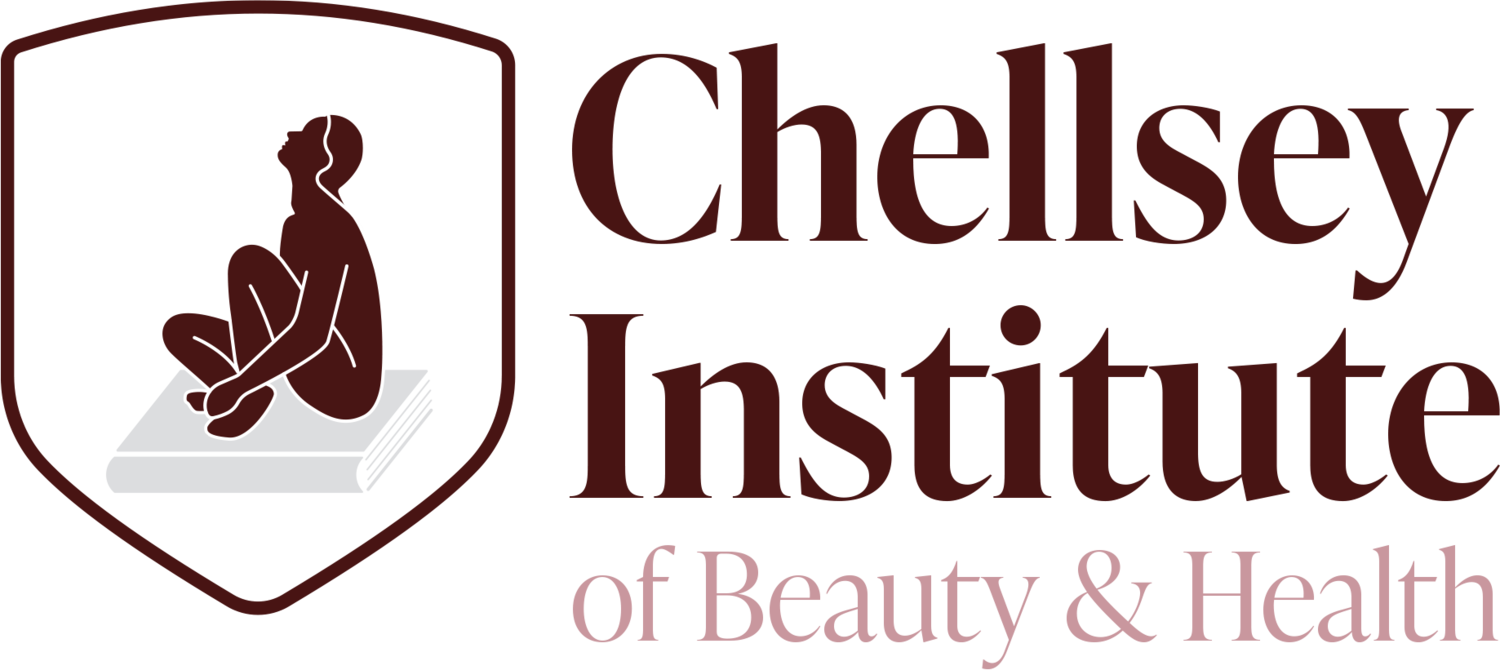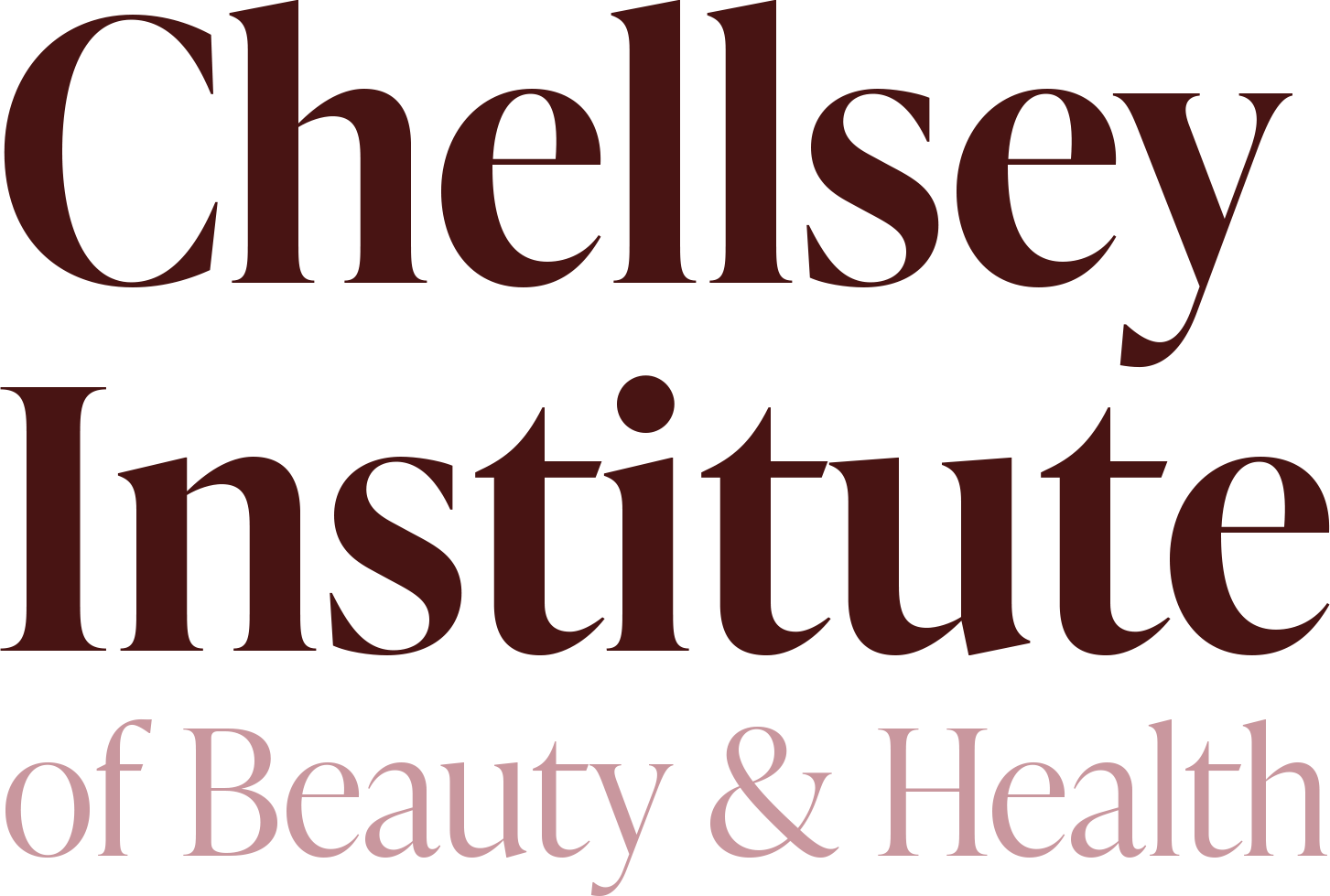How Paramedical Camouflage Tattooing Helps Clients Heal Physically and Emotionally
Paramedical camouflage tattooing is more than a cosmetic procedure—it’s a transformative practice that restores confidence and supports emotional healing. For clients living with scars, burns, stretch marks, or skin conditions like vitiligo, this treatment offers more than just improved appearance. It provides the chance to feel whole again.
1. Restoring Skin Confidence
Visible scars and discoloration can affect how clients see themselves. Camouflage tattooing uses advanced pigments to blend these areas seamlessly with the surrounding skin tone. The result is subtle coverage that minimizes insecurities and allows clients to feel more comfortable in their own skin.
2. Supporting Emotional Recovery
Physical marks often carry emotional weight. Whether from surgery, accidents, or personal struggles, they can serve as daily reminders of trauma. Camouflage tattooing helps clients reclaim their bodies, shifting the focus from the past to a renewed sense of self. Many describe the treatment as liberating and empowering.
3. Non-Invasive, Long-Lasting Results
Unlike makeup, which must be reapplied daily, paramedical tattooing provides a semi-permanent solution. With proper care, results can last for years, giving clients a consistent appearance and peace of mind.
4. Tailored to Each Client
No two scars or skin tones are alike. Skilled practitioners carefully customize pigment blends and application techniques to match each client’s unique needs, ensuring natural-looking results.
5. The Role of the Practitioner
Beyond technical skill, empathy and communication are vital. Practitioners often act as a source of emotional support, guiding clients through the process with sensitivity and care. The impact extends far beyond the skin—it’s about helping clients embrace their reflection again.
At Chellsey Institute of Beauty & Health, our Paramedical Camouflage Tattooing Certificate trains students to master both the artistry and compassion this specialty requires. Graduates learn how to deliver results that not only improve appearance but also support clients on their healing journey.
Because true beauty in this field isn’t just what you create—it’s how you help someone feel.

